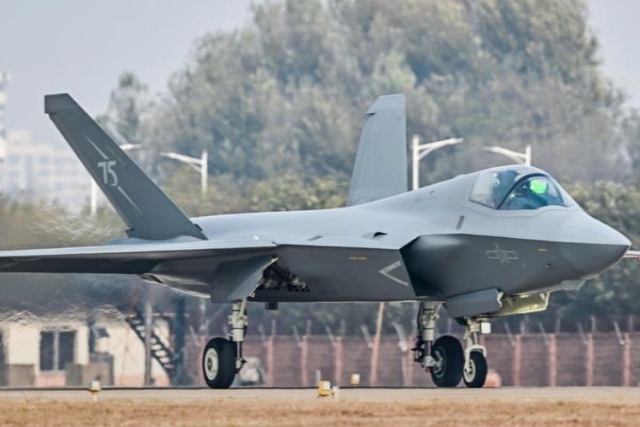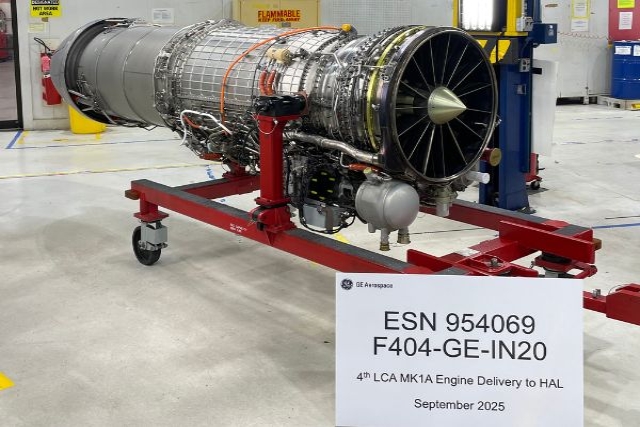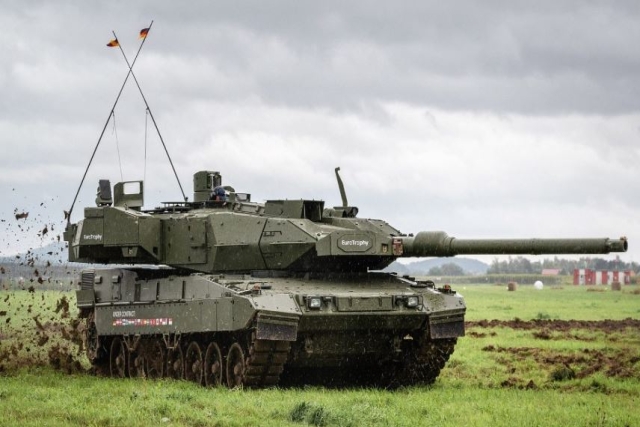Rockwell Collins To Showcase New Intercept Receivers At 50th Annual AOC Symposium
Rockwell Collins will demonstrate two new High Probability of Intercept (HPI) receivers at the 50th Annual AOC International Symposium & Convention, October 27-30.
These HPI solutions are capable of filling many needs, including detection of radar frequency (RF) signals that could interfere with launch data links on military test ranges, as well as airborne and maritime surveillance applications used to detect adversary emitters. When used together, HPIs close the probability of intercept gap for Electronic Warfare (EW) operators.
With an increasingly dense signal environment, current receiver technologies often miss signals of interest due to excessive time delays, unknown frequencies or other issues, according to Larry Rexford, director of Electronic Warfare Solutions for Rockwell Collins. "By integrating the continuously staring capability of the IFMR with the fast scanning technology of the PRISM, we are offering the market a layered approach to signal detection," said Rexford. "Although both of these receivers provide excellent coverage when used independently, combining the capabilities within an Electronic Intelligence or Electronic Support Measures system provides a best in class solution that maximizes the probability of intercept."
The IFMR-6070 receiver has instantaneous frequency coverage to 18 or 40 GHz, a threat warning system with one-second response time, and parameter measurement for radar identification. The IFMR’s robust processing capabilities separate and resolve RF signals, including intermittent threats and fleeting emitters. The PRISM-6090 enables 25 sweeps per second and frequency coverage to 40 GHz. It offers fast wideband spectral search and peak search capabilities. The PRISM can quickly detect signals of interest and intermittent threats, as well as changes in the RF environment with adjustable “shrink-wrap” thresholds for tipping or cueing to other systems.










